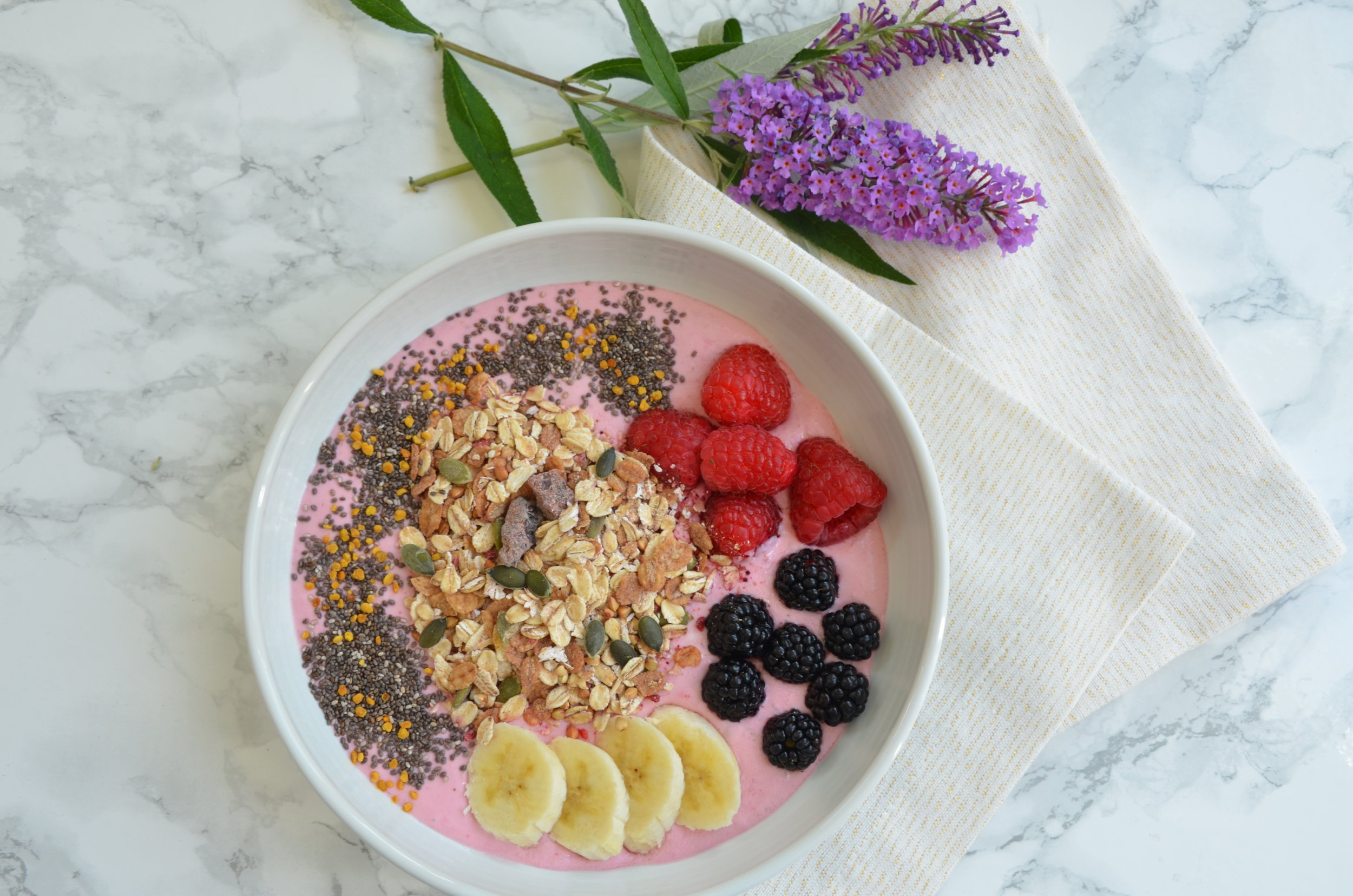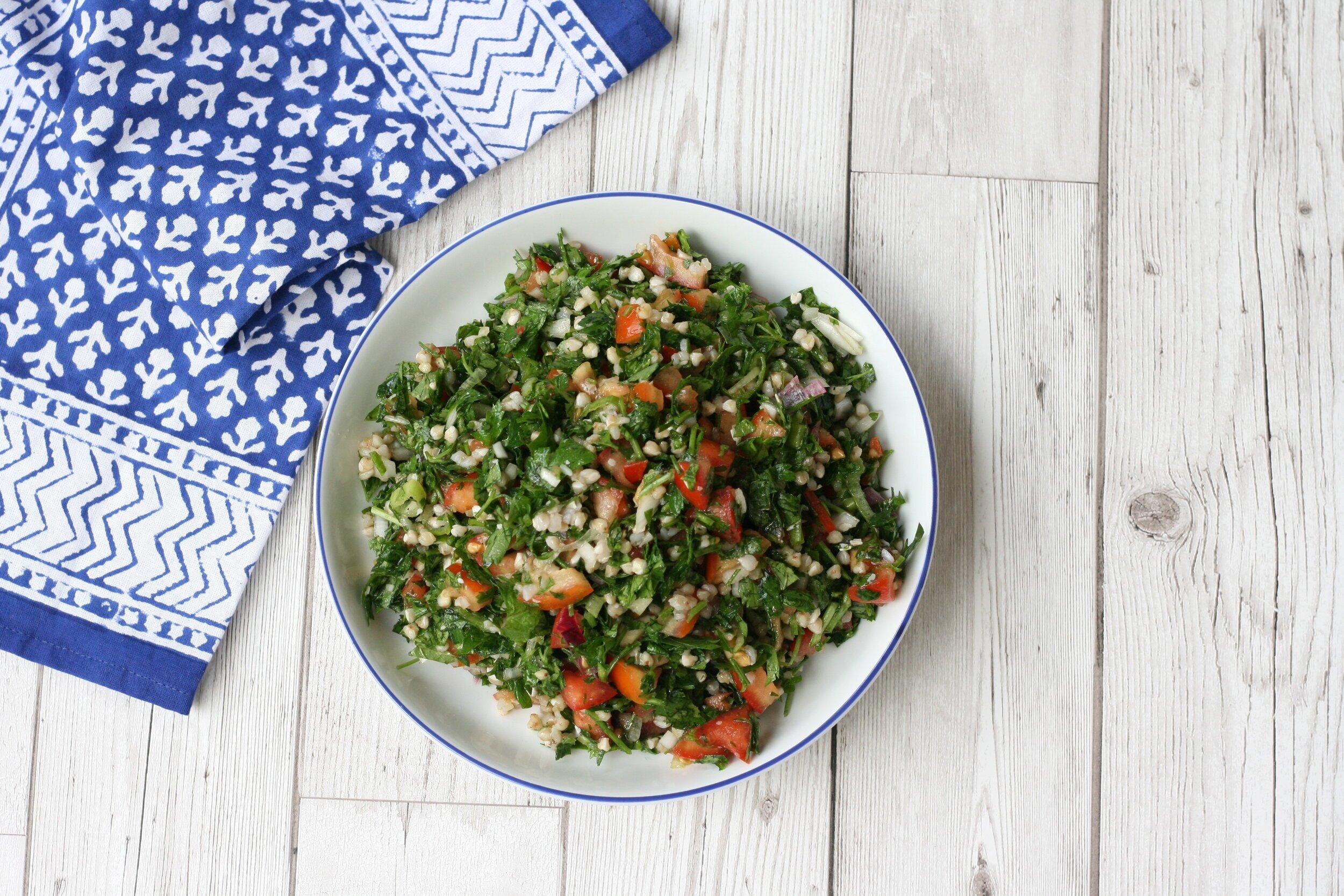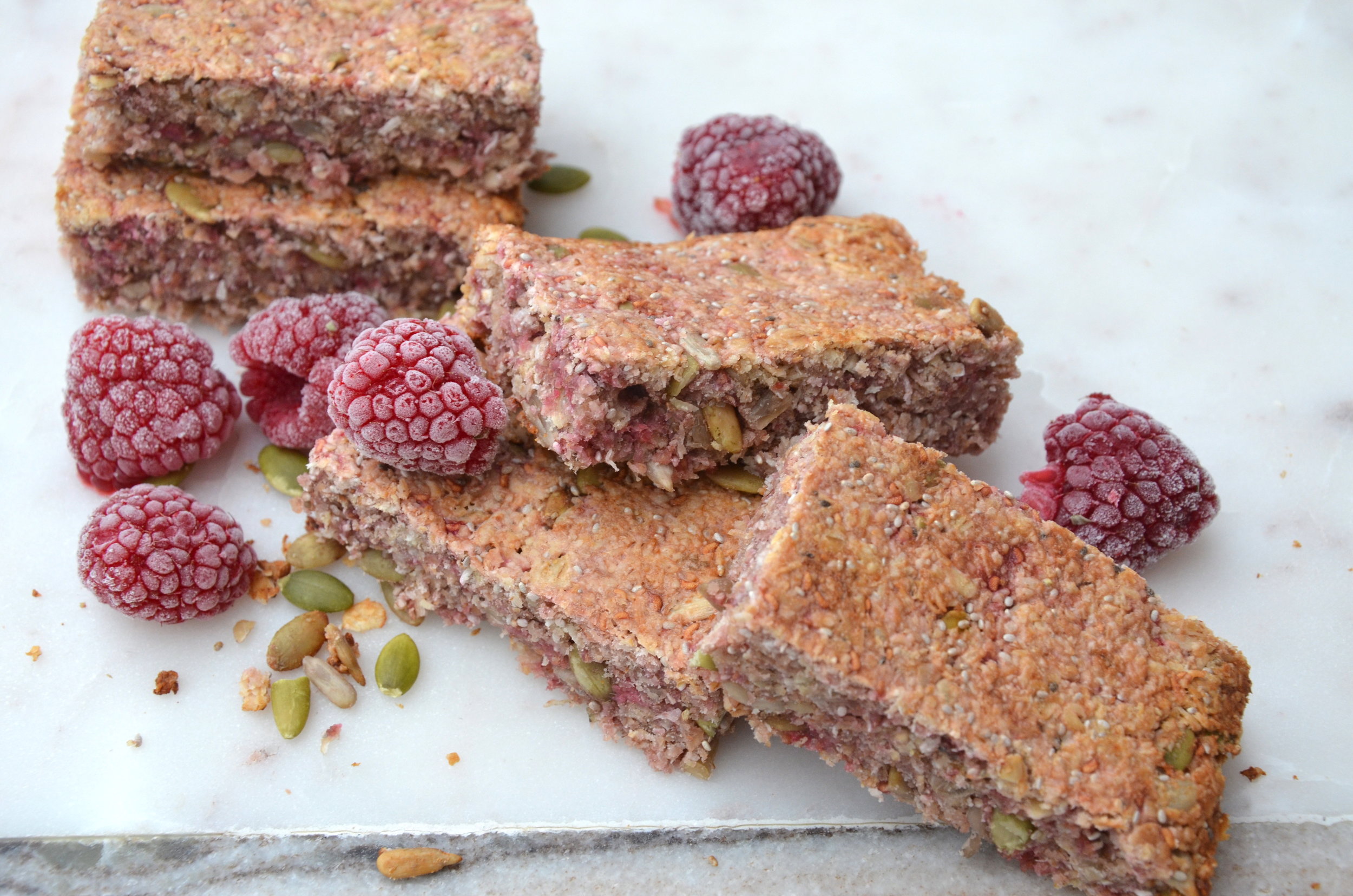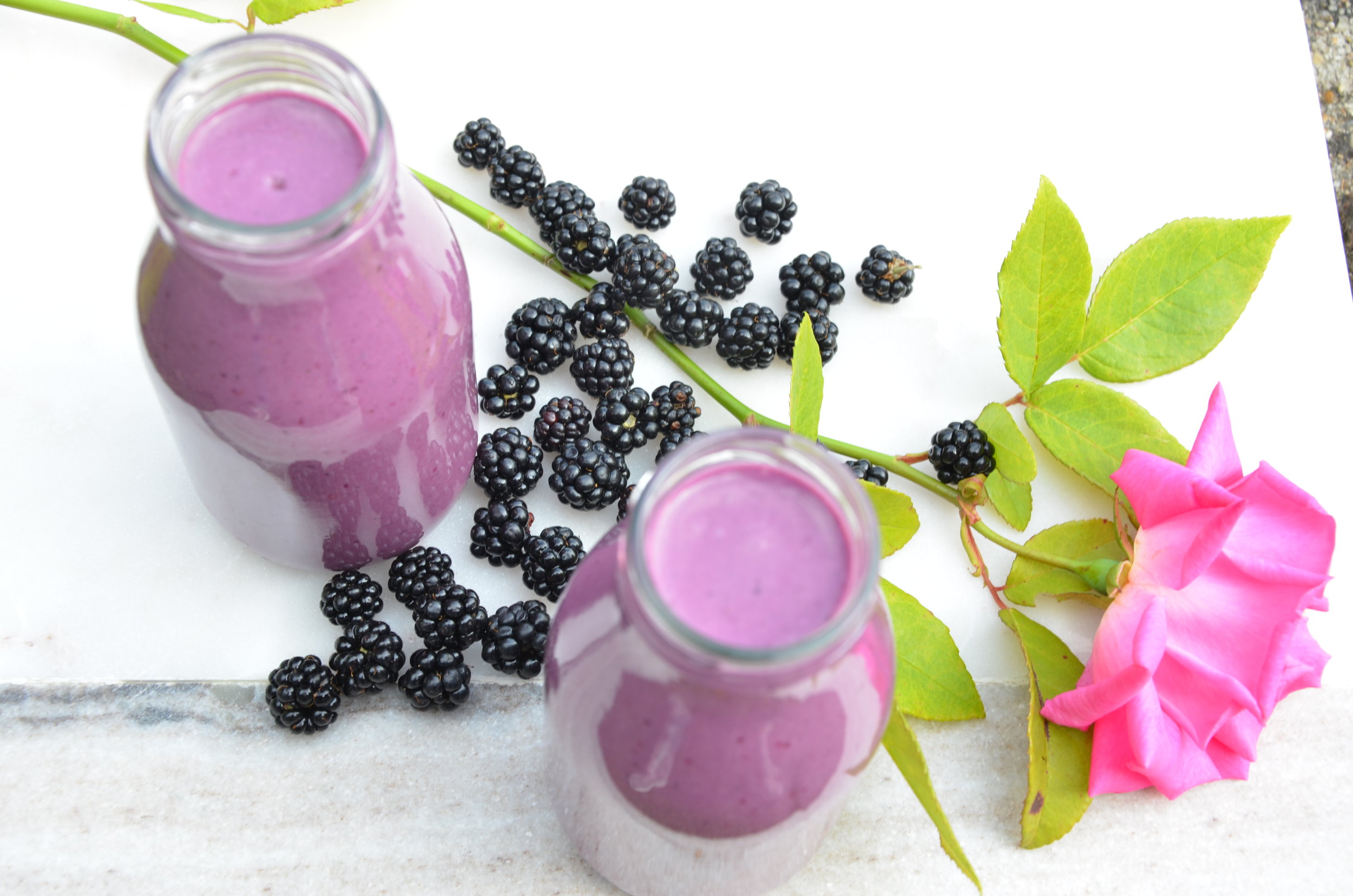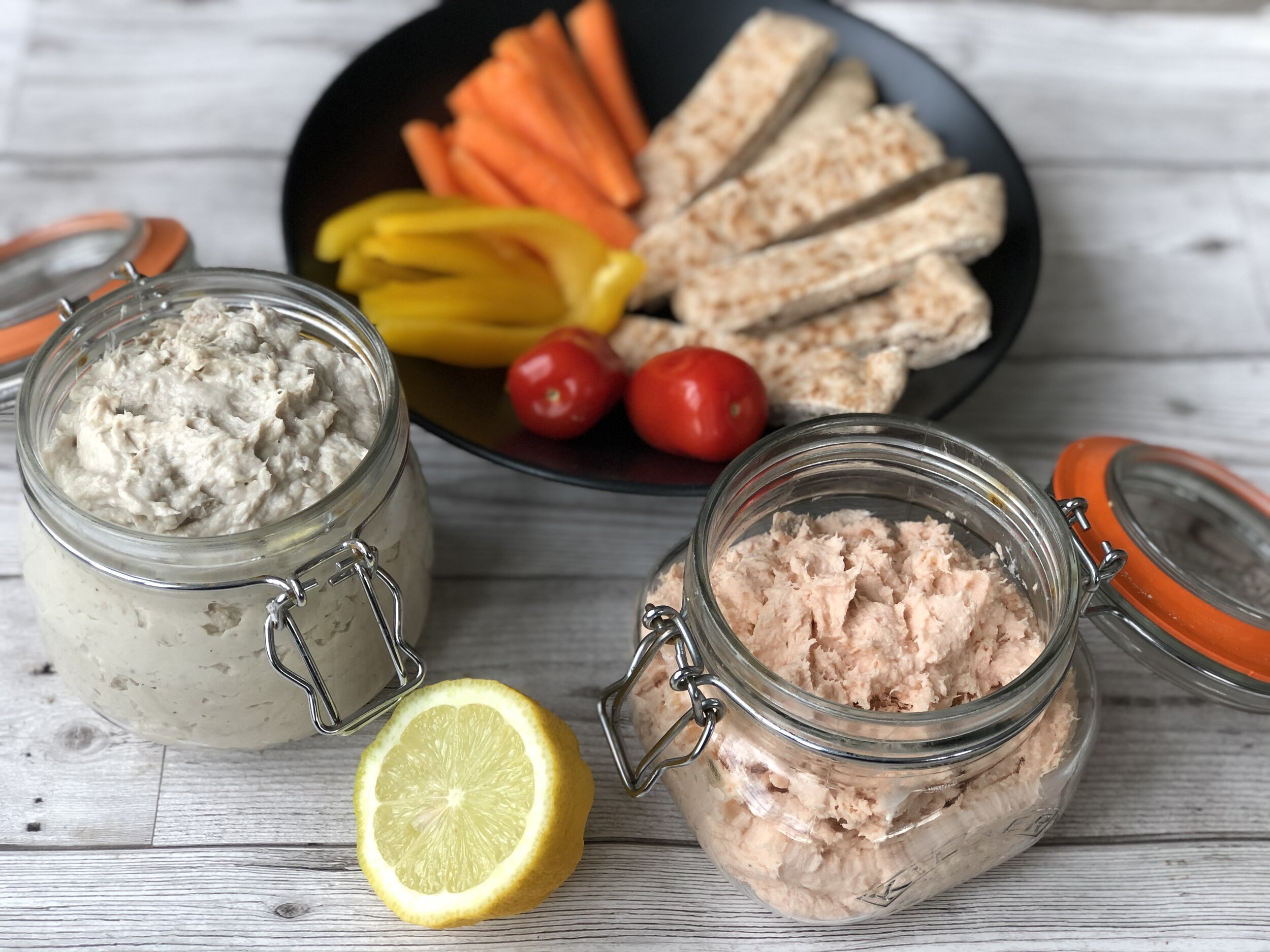Top tips for eating well on a budget
With food bills estimated to have gone up at least 8% in the last few months due to the spiralling costs on fertiliser, energy and feed, we thought some tips on eating well on a budget might help. Unfortunately our food bills are likely to increase even further in coming months as the energy costs are filtered down to us, the consumer. The biggest increases in prices as I write this comes from meat and fish which have gone up 22%, while fruit and vegetables have gone up around 14%. Shopping smarter has never been more important.
Meal plan
Writing out a weekly meal plan and shopping list and then sticking to the items on your list can save you much money. If we walk around the supermarket browsing with no list it is much easier to get seduced by items that might appear to be on offer or we might be tempted by extras that we really don’t need. So plan and don’t succumb to an impulse purchase.
Make use of your freezer
Buying frozen vegetables or fruit can really help you save money. For instance Sainsbury’s frozen blueberries cost 55p/100g while their fresh cost £1.40 for only 150g. Even their ‘imperfect’ fresh blueberries cost 71p/100g. Spinach is another good option to store in your freezer. The frozen range from Sainsbury’s cost £1.67 per kilo while the fresh option cost £5.77 per kilo. The frozen spinach is very easy to add to soups and stews to provide some green near the end of the cooking time. It also stays much fresher than buying a bag of spinach which needs to be eaten within a few days. However, again it makes sense to check as not all frozen vegetables will be cheaper frozen. Butternut squash for instance is often frozen peeled and cubed - which makes it easier to add to soups and stews. However, you are paying for that ease. A fresh butternut squash from Sainsbury’s costs £1.25 per kilo, but the chopped and frozen butternut squash cost £3 per kilo.
Another ways to make use of your freezer is to buy meat or fish when it’s on offer and freeze. So if it works out a good price to buy 3 packets of mince, then buy 3 even if you only need one and then freeze the rest.
Batch cook
Batch cooking is usually referred to as where you cook a whole meal and then freeze the whole meal for use later. This works particularly well for stews, soups and curries. This is good for meat or fish where buying in a larger amount might save you money such as buying three packets of mince works out cheaper than just buying one. I prefer to batch cook by cooking double of a meal and then freezing the extra portions. This then saves on heating the oven or hob a second time.
However, you can also batch cook a particular item and then freeze it. So you could cook a large batch of brown rice and save on the costs of heating the hob and then freeze the cooked rice in pots individually portioned out. You can also do this with beans, lentils and quinoa. You can then freeze the beans and lentils readily portioned out and use in soups or stews or make hummus with chickpeas this way. You can freeze the cooled pulses in their cooking liquid, but I prefer to freeze without their liquid. It’s easier if you freeze on a tray first to stop them sticking together and then bag them up once frozen.
I found one reference that stated that batch cooking could save you £158 a year.
Make your meat go further
With meat in particular becoming more expensive it makes sense to try and make your meat go further. You can do this in a couple of ways. One way is to add some plant protein such as beans and lentils to a dish. This works well with stews, soups and curries. Black lentils for instance go well in a bolognese sauce and kidney beans work well in a turkey or meat chilli. You can also make the meat go further by adding more vegetables to your dishes. Making a chilli for instance - but adding lots of vegetables such as mushrooms, peppers, courgettes and spinach as well as some beans or lentils.
Another option to make your meat go further is to make sure you are getting the most from your meat. When you roast a chicken make sure that you use the carcass to make a stock to use for further meals or a soup the next day. Stock can be frozen in small containers to add to soups and stews.
Slow cook
You can do this either by using cheaper cuts of meat that require a longing cooking time. Or else investing in a slow cooker to save money on heating the oven. Although you leave the slow cooker on for longer it costs much less than a normal oven. Research suggests that slow cookers are one of the most energy-saving appliances in the kitchen and cost less to run than a conventional light bulb. They also aren’t that expense to buy and you should recoup your costs very quickly with energy prices as they are. A reference I found showed that heating an electric oven on average daily use cost 87p per day while a slow cooker cost 16p per day. If you have an air fryer this was also cheaper to run and based on average use cost 14p per day to run.
Food apps
Depending on where you live there are food apps that not only help with food waste but also save you money.
Too good to go - restaurants, cafes and bakeries list leftover food that would otherwise be thrown away. Users can then browse the map for food near them and pick up a ‘magic bag’ for a fraction of the original retail cost.
Olio - provides a platform for neighbours to share unwanted food and other items, all for free. People are free to share or pick up anything from an unwanted gift, produce that’s on its date from a local store, leftover event catering supplies or excess food that won’t get eaten before a holiday.
Karma - enables users to rescue fresh food from restaurants, bakeries, cafes and even wholesalers that would have otherwise been thrown away.
Not perfect
A lot of food gets wasted in our food chain because it might have a blemish or be the wrong size. Some supermarkets offer this not quite perfect vegetable or fruit at a discounted price. Some veg boxes also offer wonky produce - such as Oddbox. They get their produce direct from farms where it might otherwise go to waste and deliver it direct to the consumer. Another option is Lidl who do a £1.50 fruit and veg box of excess produce. Or else visit a vegetable market at the end of the day where they might discount fruit and veg further to save them taking it home.
Cooking from scratch
Preparing your meals from scratch rather than relying on ready meals or ready prepared ingredients is a great way to save money. Cut up ingredients for instance cost more than if you have to peel or cut up. The same goes for tinned beans or lentils in pouches. It’s much cheaper to buy dried and soak and prepare yourself. You can then freeze in batches as per the paragraph on making use of your freezer. If you have a pressure cooker then the costs less than using a hob to cook the beans and lentils.
Grow your own herbs
Rather than buying harvested herbs in packets try and grow your own herbs from seeds on a window sill. This is much easier (and cheaper) than you think it might be. You can also grow micro greens this way which are a great way to introduce more nutrients to your diet.
Other tips
Other cost saving tips that I have found include using the right size pan with a tight fitting lid can save you up to £72 a year; simmering rather than boiling can save you £68 per year while making sure you don’t overfill the kettle will save you £19 per year.

